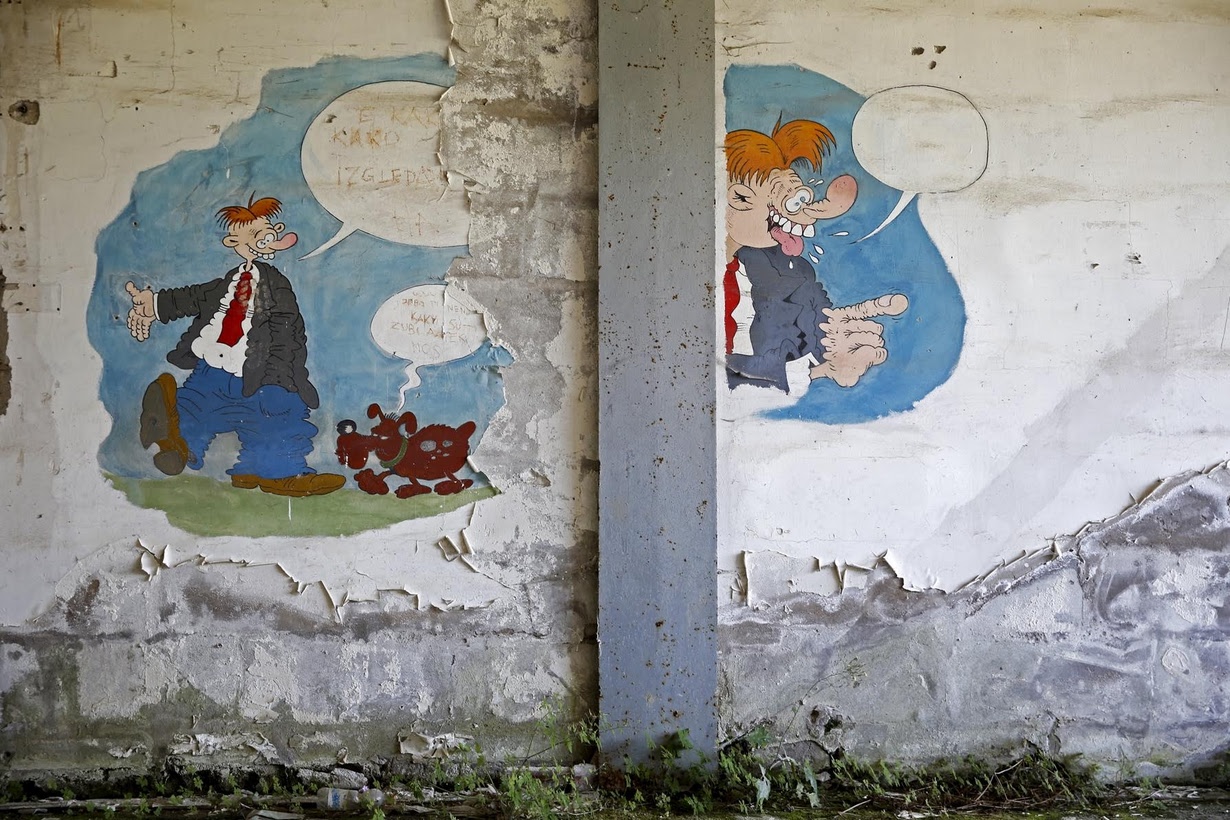In April 1993, in the midst of the Bosnian war, the United Nations declared the besieged Muslim part of Srebrenica a safe zone. Dutch soldiers, also known as the Dutchbat, were sent to ensure peace and four hundred soldiers sojourned in an accumulator factory.
In July 1995, after the fall of the safe zone, the Dutch forces retreated and moved to Tuzla. In the days that followed 8,000 Muslim men and boys were executed by Bosnian Serb forces.
When the Dutchbat withdrew, they left behind graffiti on the walls of the factory, which they painted during their two-year stay. A museum is scheduled to be opened at this site later this year.
The Dutch peacekeepers' inability to uphold the U.N.-designated safe zone status of Srebrenica had long-lasting political repercussions in the Netherlands, causing the government to resign in 2002 after a report criticised soldiers for military failings in Bosnia.
Within weeks of the July 1995 fall of Srebrenica to Serb forces, NATO began air strikes against them that brought to an end a war that cost more than 100,000 lives.
(reuters.com)


www.ann.az
Follow us !











